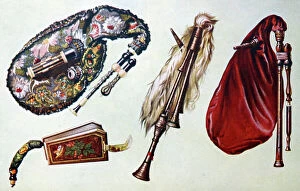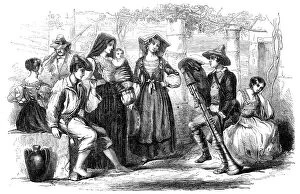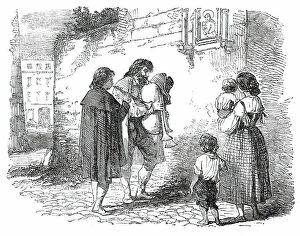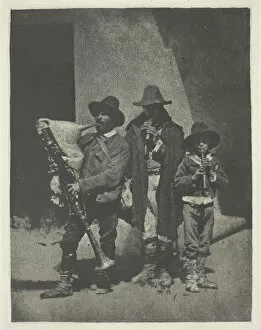Zampogna Collection
Zampogna is a traditional Italian bagpipe that has been played for centuries in various regions of the country
All Professionally Made to Order for Quick Shipping
Zampogna is a traditional Italian bagpipe that has been played for centuries in various regions of the country. This unique instrument consists of two chanters and one or more drones, creating a hauntingly beautiful sound that is both captivating and mesmerizing. The often associated with shepherds and rural folk music, as it was historically used to accompany dances and celebrations in small villages. Its distinctive tone can be heard echoing through the hills and valleys of Italy during festivals and religious ceremonies. Despite its rustic origins, the zampogna has gained popularity beyond Italy's borders, with musicians around the world incorporating its enchanting melodies into their own compositions. Its soulful sound evokes a sense of nostalgia and longing, transporting listeners to another time and place. Whether played solo or as part of an ensemble, the zampogna continues to captivate audiences with its rich history and emotive power. Its enduring appeal serves as a reminder of the beauty found in traditional music forms, connecting us to our cultural roots while inspiring creativity and innovation in contemporary musical expressions.












